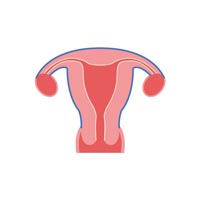Characteristics of circumferential vesico-vaginal fistulas: A cross-sectional and multicentric study

All claims expressed in this article are solely those of the authors and do not necessarily represent those of their affiliated organizations, or those of the publisher, the editors and the reviewers. Any product that may be evaluated in this article or claim that may be made by its manufacturer is not guaranteed or endorsed by the publisher.
Accepted: 19 October 2021
Authors
The objective of the study was to determine the risk factors for development of circumferential fistula. We carried out a crosssectional, multicentric and analytical study over 7 years period, from 1st January, 2010 to 31 December, 2016. We compared circumferential and non- circumferential fistula patients in order to determine the risk factors for circumferential fistula development. Circumferential fistula accounted for 20% (91/456) of all vesico-vaginal fistulas. The mean age of the 456 patients was 35.9 years±12.15 (min 15 years; max 72 years). On univariate analysis, factors associated with the risk of circumferential fistula were: residence (P=0.039; OR=1.7), parity (P=0.04; OR=0.47), marital status before fistula (P=0.002; 4.3), duration of labor (P=0.041; OR=2.7) and fistula aetiology (P=0.038; OR=2.54). In a logistic regression model, two factors remained significant: marital status before fistula (P=0.029; OR=0.13) and duration of labor (P=0.017; OR=0.26). Circumferential fistula occurs in urban, primiparous, unmarried women who have been in labor for more than 41 hours.






